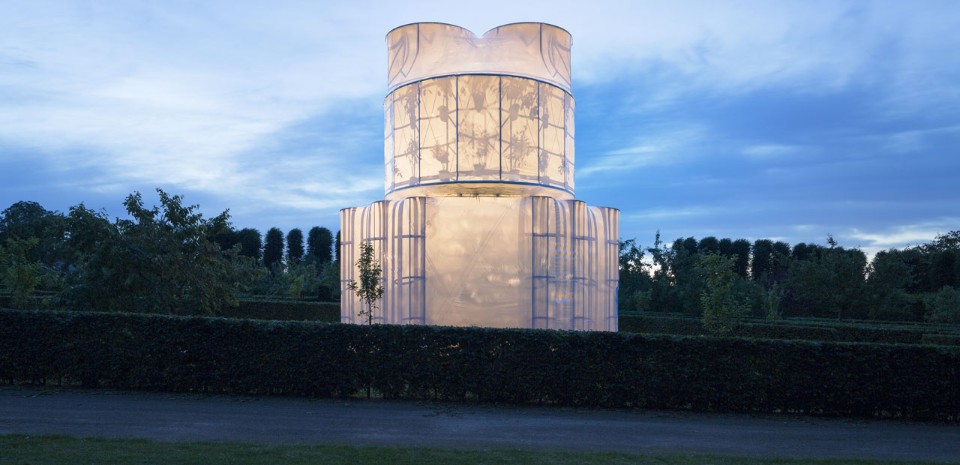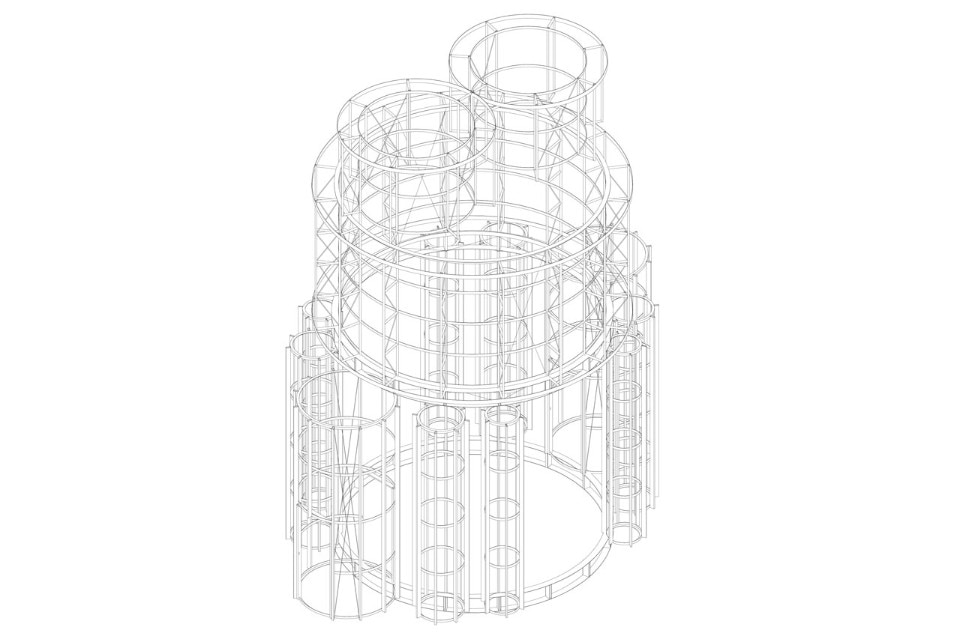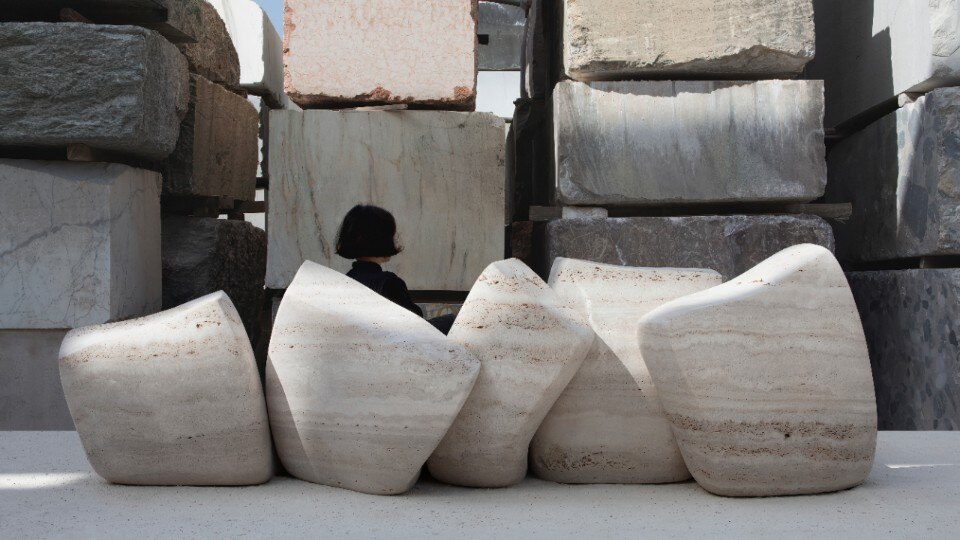
Stone: Origins and Future in Architecture
On June 12 and 13, 2025, IUAV University of Venice will host "Stone is…," an international forum entirely dedicated to natural stone. Organized by PNA, this event aims to thoroughly explore the material's enduring value and sustainability, featuring insights from internationally renowned speakers.
- Sponsored content
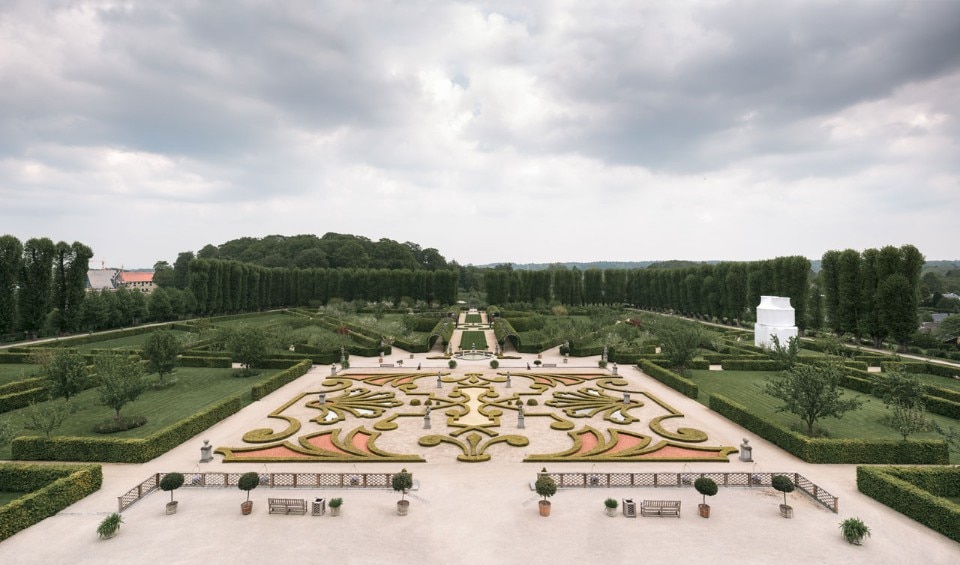
The pavilion is a reinterpretation of one of the most iconic buildings of the Baroque era: the church of San Carlo alle Quattro Fontane in Rome designed by the architect Francesco Borromini (1599–1667). Borromini used basic geometric shapes, circles and ovals to create a dynamic church space of great beauty.
The new orangery in the formal gardens at Gl. Holtegaard takes its point of departure in the floor plan of Borromini’s building.
Resembling a sketch of the original church space, the Orangery consists of a steel structure that has been covered in strong plastic – specifically a type of “shrink wrap” developed to protect cars, boats and other large objects.
Inside this space is a living orangery where citrus plants hang from the dome. This reinterpreted orangery fuses a classic shape with our current high-tech world; a world full of materials that are not intended to be beautiful, but purely to meet specific utilitarian needs.
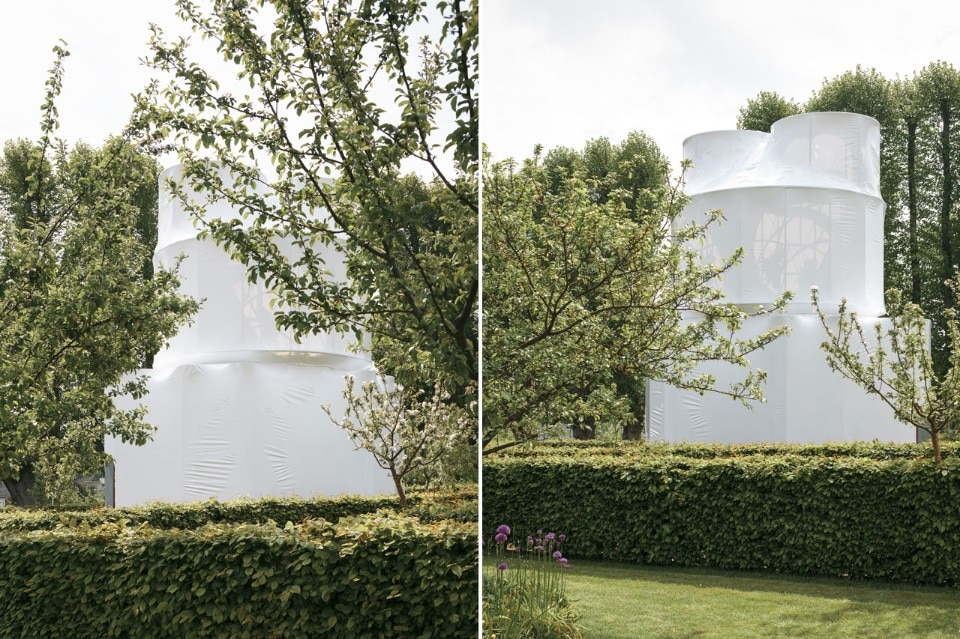
 View gallery
View gallery

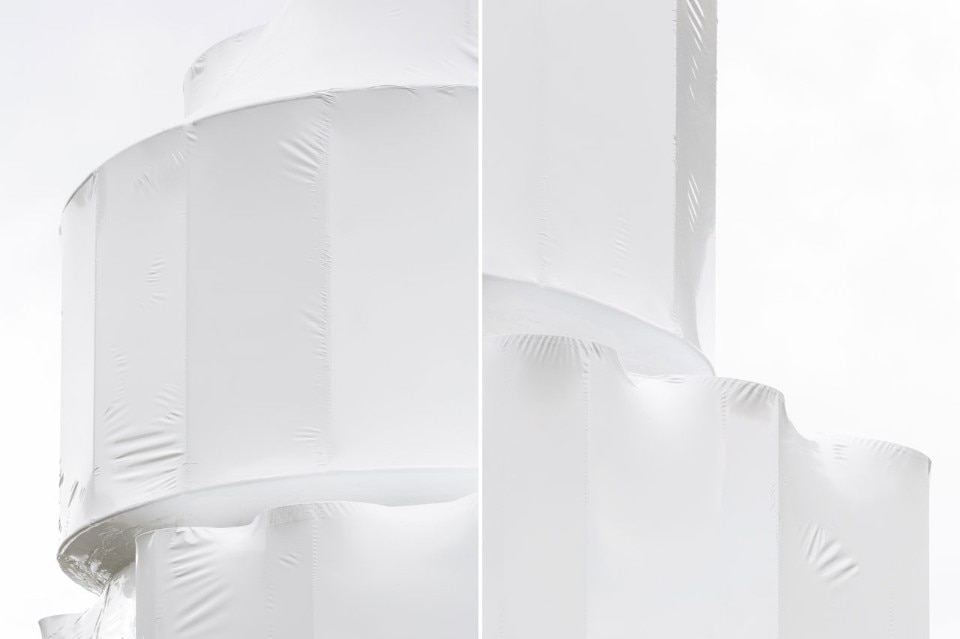
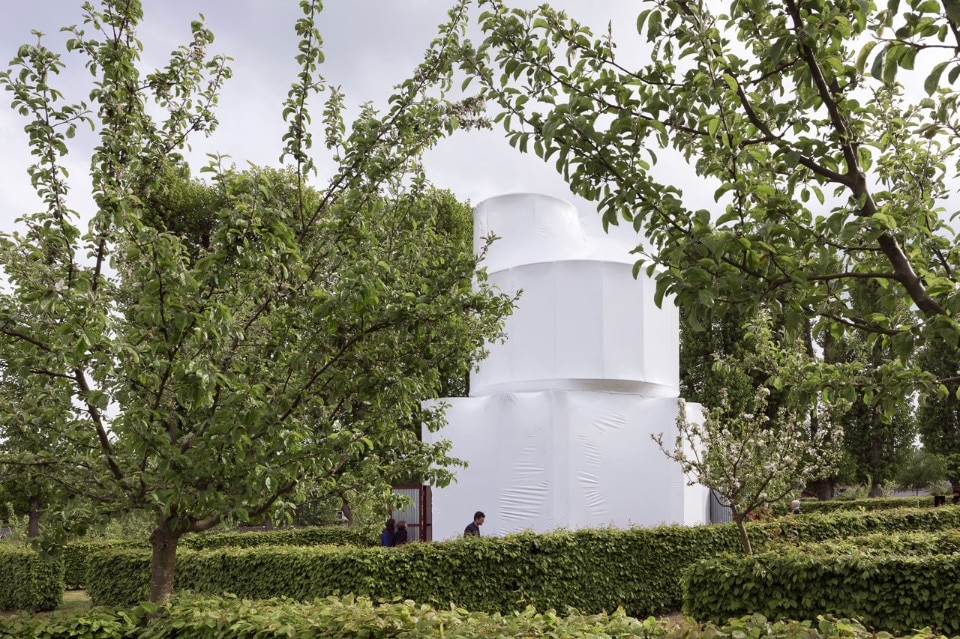
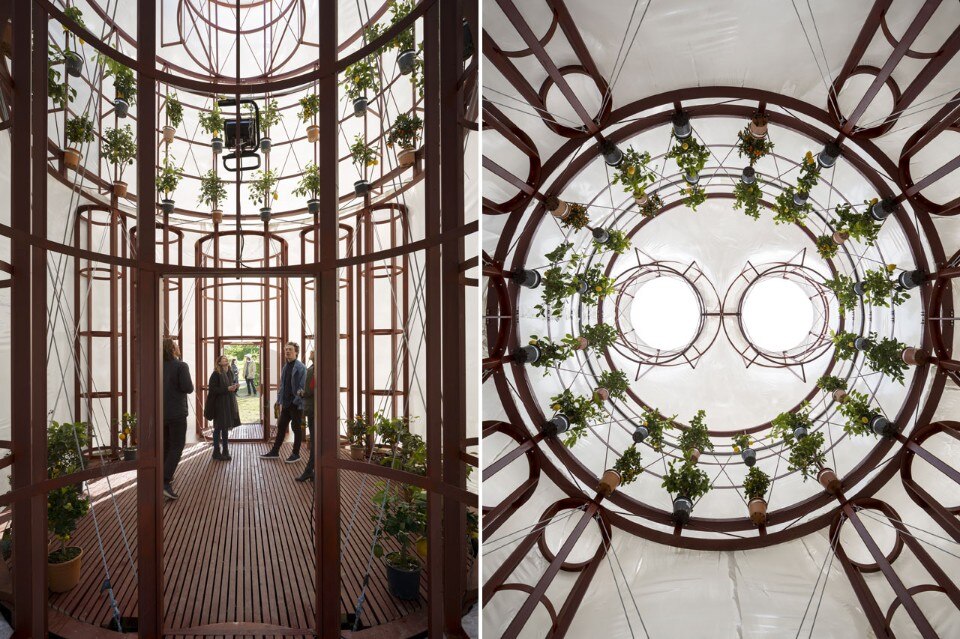
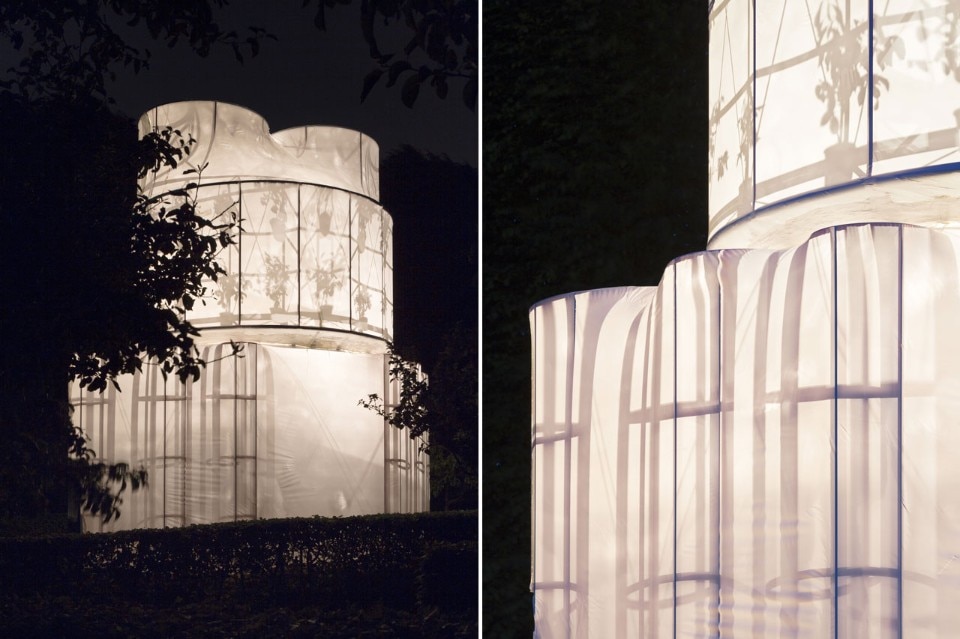
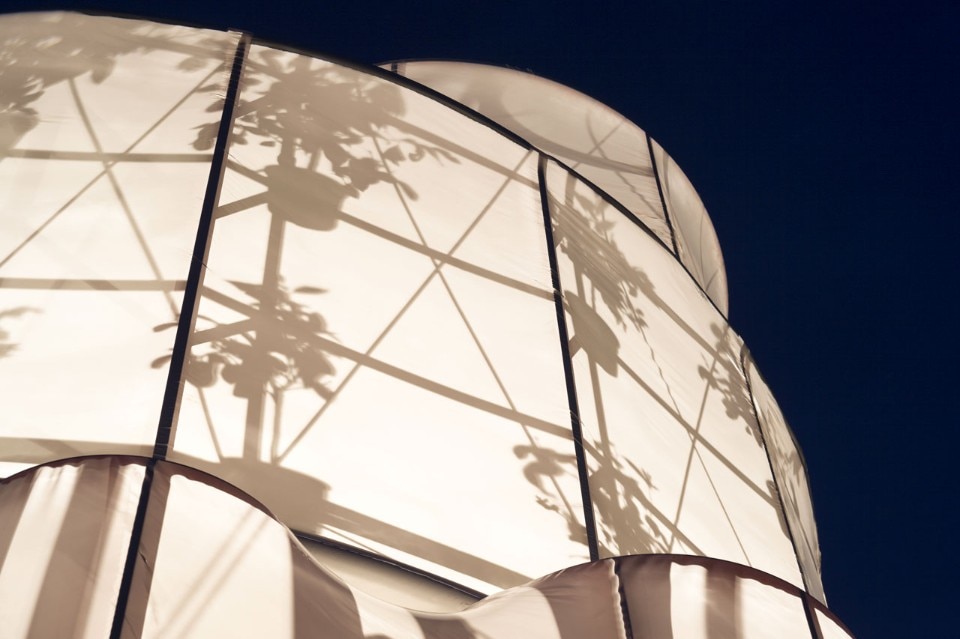
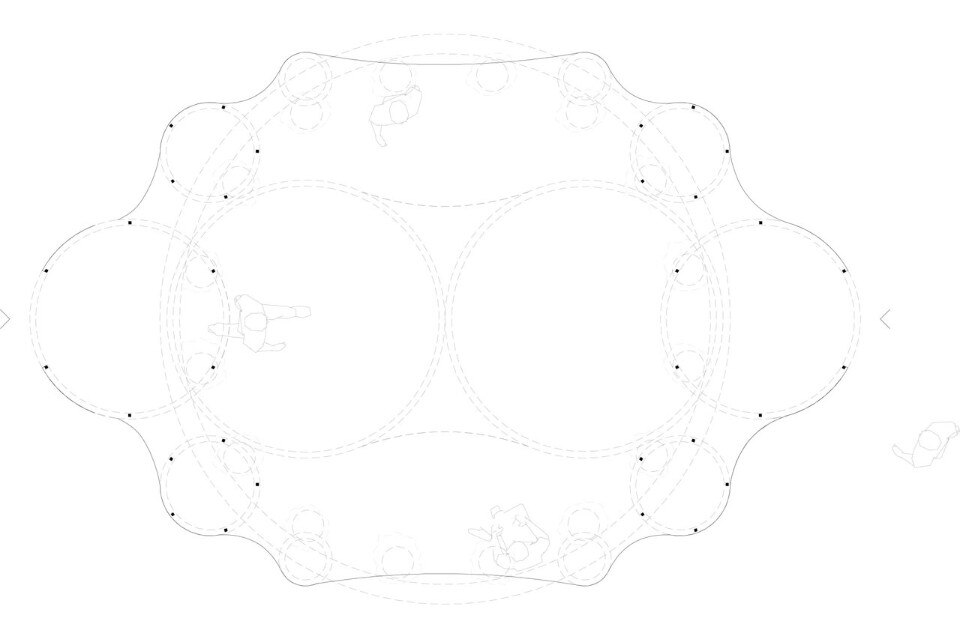
/Users/sorenpihlmann/Dropbox/Gl.Holtegaard/Tegningsmateriale/Plan_ArchDaily.dwg
The Orangery, Gl. Holtegaard Art gallery, Holte, Denmark
Program: pavilion
Architects: Lenschow & Pihlmann, Mikael Stenström
Supported by: Statens Kunstfonds Legat- og Projektstøtteudvalg for Arkitektur, Statens Kunstfonds Projektstøtteudvalg for Billedkunst og Det Obelske Familiefond
Collaborative partners: Danish Architects’ Association, HP Masking ApS, Emil Nielsens Smedeværksted, Børge Jakobsen & Søn A/S, Kongevejens Planteskole
Completion: 2015
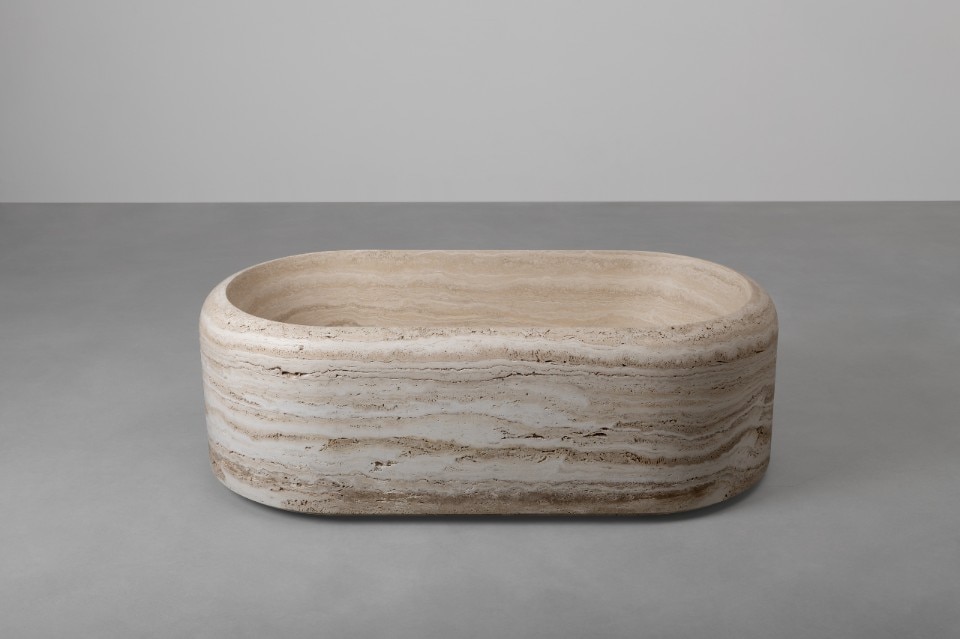
Designing from a single gesture: Vaselli’s latest collection
The Hoop series translates a morphological gesture into a family of travertine bathroom furnishings, where the poetry of the material meets the rigor of form.



